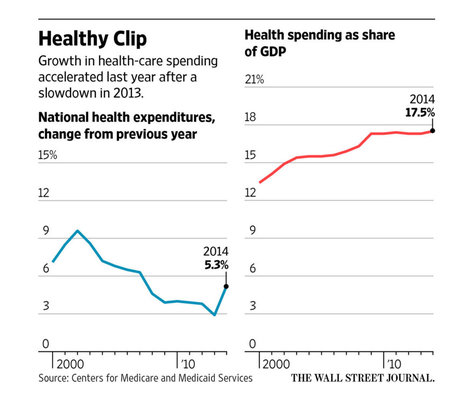At some point in the last few months watched, and jotted a few notes, on a C-SPAN presentation by Ralph Peters related to his historical novel Valley of the Shadow, that I caught part of. C-SPAN lists the show as first airing on June 23, 2015. My attention was drawn when Peters started talking about Lew Wallace. I had a minor curiosity about Lew Wallace for two obscure reasons. The first is that in young adulthood my favorite actor was Charlton Heston, one of whose most notable movies was Ben Hur, which was based on a novel by Lew Wallace. The other was that as an adult Lew Wallace lived in Crawfordsville, Indiana where there is still a small museum in his old study, a museum that holds memorabilia related to the Heston Ben Hur movie. The reason I know about the museum is that I graduated from Wabash College, which is also located in Crawfordsville, Indiana.
Peters said that he was fascinated by forgotten figures and that one of these was Lew Wallace. According to Peters, Lew Wallace saved the union during the Civil War. A confederate general named Jubal Early would have seized Washington, D.C., if Wallace and an officer named Jim Ricketts had not taken the initiative to lead a force to stop Early. For doing what had to be done, Wallace risked court martial, and Wallace was indeed fired from the army. After Ricketts gave a full account of what had happened, Wallace was re-instated, but Lincoln did not approve of his receiving a new command. Peters said that this was because Wallace was unpopular with some powerful Indiana Republicans, and that Lincoln was facing an election in which he needed to win Indiana.
The above is a rough summary of Peters’s account. I don’t know if any of it is disputed by other experts. But it is a good story, and I hope that it is true.
The Peters historical novel discussed on C-SPAN, was:
Peters, Ralph. Valley of the Shadow: A Novel. New York: Forge Books, 2015.

